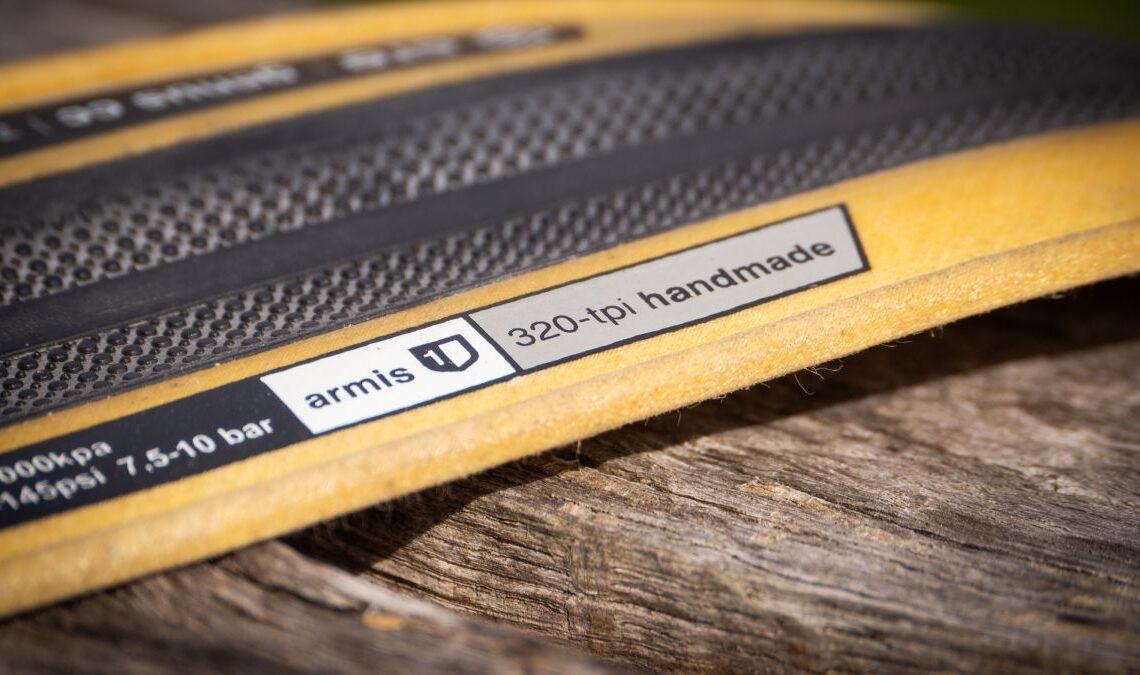When you look at the spec for a bicycle tyre, it’s not just diameter, tread and tyre width that show up, there’s also a TPI number. The best road bike tyres and the best tubeless road tyres come with TPI counts that are anywhere from 60 up to 300-plus.
But what does TPI mean? Is a higher TPI necessarily better than a lower one? And why do cotton tyres have such high TPI numbers?
In this article, we will answer those very questions and more, to help you understand what TPI is, and whether it even matters.
What is a tyre’s TPI?
TPI stands for Threads Per Inch, and measures how fine the fabric is that’s used to make the tyre’s casing. Some brands call it EPI for ends per inch.
But that leads to another question: what is a casing?
A tyre is a sandwich made up of a series of layers. On the outside is the rubber that forms the tread and grips the road. Below that there’s usually a breaker/puncture protection layer and on the outside edges of a clincher tyre there are two beads which hold the tyre on the wheel rim. Then, holding it all together, is the casing. See the image below for an exploded view.
The casing made of fabric coated with rubber a compound to make it airtight. It’s not a high-tech process – Hutchinson uses a machine made in 1910 to rubber coat its casings. The fabric is usually either nylon, cotton or polycotton, but they do rarely exist in silk.
When the tyre is built up, the breaker, the tread and the beads are stuck to the casing, then fused with it during the vulcanisation or curing process, when pressure, heat and steam are applied as the last step in building the tyre.
There are usually multiple layers to the casing, which confuses TPI numbers.
Some manufacturers like Continental sum up the TPI of each layer. So it quotes a TPI of 330 for a three-layer casing like its Grand Prix 5000, but that’s made up of three 110 TPI layers. Other brands quote a figure for each layer, so a Schwalbe Pro One tyre has a quoted TPI of 127, which means it’s actually higher than the GP5000 (at 381 TPI) for the three layers.
What is the normal range for TPI?
That depends on what the tyre is made from and what it’s made for.
Nylon (also called polyamide) casings have lower TPI counts than cotton ones. So a…
Click Here to Read the Full Original Article at CyclingNews RSS Feed…

